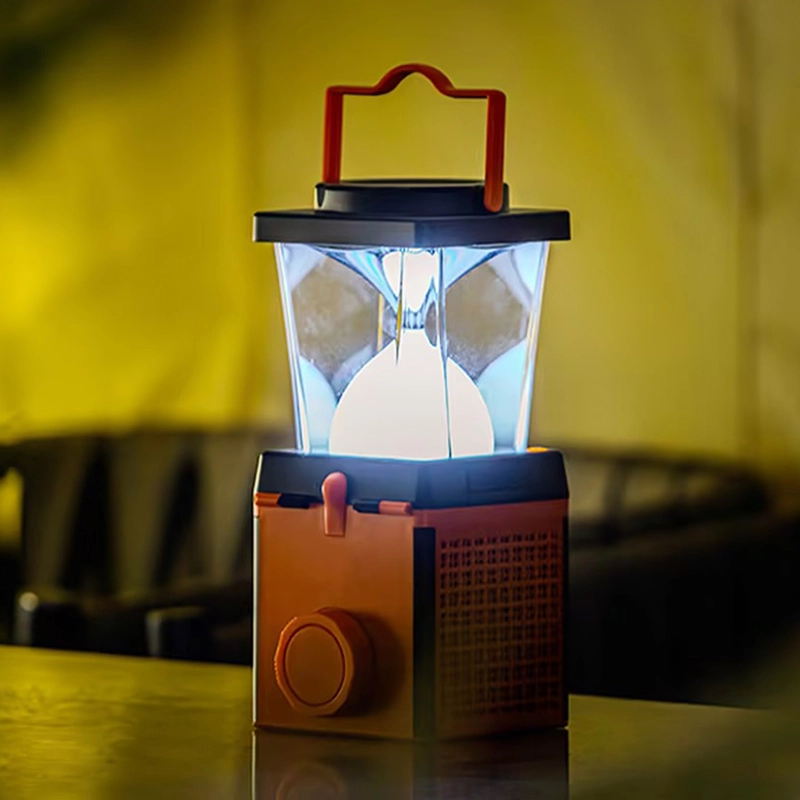
In recent years, Japan has faced numerous natural disasters, from earthquakes to typhoons, highlighting the importance of emergency preparedness for its citizens. These events have not only underscored the need for reliable emergency lighting but have also spurred a nationwide movement towards sustainability. Japanese households are increasingly embracing eco-friendly solutions that ensure safety during emergencies while contributing to environmental conservation.
The fusion of traditional values with modern innovation is a hallmark of Japanese culture. This unique blend is now evident in how households approach emergency preparedness, integrating sustainable practices into daily life and disaster readiness plans.
Japanese households are embracing sustainable emergency lighting solutions due to growing environmental awareness, technological advancements, and a heightened focus on disaster preparedness.
Environmental Consciousness and Sustainable Living
The rise in environmental awareness among Japanese citizens has led to a significant shift in consumer behavior. Households are actively seeking out products that reduce carbon footprints and promote sustainable living. Sustainable emergency lighting, often powered by renewable energy sources like solar or kinetic energy, aligns perfectly with these values. By opting for eco-friendly alternatives, families not only reduce energy consumption but also set an example for responsible environmental stewardship.
Moreover, educational campaigns by the government and non-profit organizations emphasize the long-term benefits of sustainable practices. These initiatives reinforce the importance of making choices that contribute to environmental conservation, even in emergency scenarios. The collective effort to embrace sustainability reflects a societal commitment to protecting the planet for future generations.
Technological Innovations Enhancing Accessibility
Advancements in technology have made sustainable emergency lighting more accessible and affordable. Innovations such as LED lighting, solar-powered lanterns, and hand-crank torches offer reliable illumination without relying on traditional batteries or electrical grids. Japanese companies are at the forefront of developing compact, efficient, and user-friendly emergency lighting devices tailored to the needs of modern households.
These technological developments ensure that even during power outages caused by natural disasters, families have dependable lighting solutions. The integration of smart technology has also led to devices that can be charged through everyday activities, like walking or hand movements, further promoting the use of sustainable energy.
Cultural Emphasis on Preparedness
Preparedness is deeply ingrained in Japanese culture. The frequent occurrence of natural disasters has fostered a societal emphasis on being ready for unforeseen events. Sustainable emergency lighting fits seamlessly into emergency kits that are standard in Japanese households. The reliability of these lighting solutions, combined with their minimal environmental impact, makes them a preferred choice for families aiming to be well-prepared without compromising on sustainability.
Community drills and educational programs often highlight the importance of having emergency supplies that are both effective and eco-friendly. This cultural approach reinforces the adoption of sustainable solutions as a collective responsibility toward safety and the environment.
Government Policies and Incentives
The Japanese government has implemented policies and incentives to promote the use of renewable energy and sustainable products. Subsidies and tax benefits for purchasing eco-friendly devices, including emergency lighting, have made such options more financially attractive to consumers. These governmental efforts are part of a broader strategy to reduce the nation’s carbon emissions and dependence on non-renewable resources.
By providing support and resources, the government encourages households to transition to sustainable alternatives, reinforcing national goals of environmental sustainability and disaster readiness. This alignment of government policy with consumer interests accelerates the adoption of sustainable practices across the country.
Response to Climate Change and Disaster Resilience
The increasing impacts of climate change have heightened the urgency for resilience against natural disasters. Sustainable emergency lighting plays a critical role in disaster resilience strategies, offering reliable illumination during critical times without exacerbating environmental issues. Households recognize the importance of contributing to solutions that address the root causes of climate change, and choosing sustainable products is a tangible way to do so.
This proactive approach reflects a broader societal commitment to mitigating the effects of climate change while enhancing the ability to respond effectively to emergencies. It also underscores a national dedication to innovation and leadership in addressing global environmental challenges.
Conclusion
Japanese households are at the forefront of integrating sustainability into emergency preparedness. The shift toward sustainable emergency lighting exemplifies a harmonious blend of environmental consciousness, technological innovation, cultural values, and supportive government policies. By adopting these eco-friendly lighting solutions, households make significant contributions to environmental conservation while enhancing their preparedness for natural disasters.
This movement underscores a collective effort in Japan to build a more resilient and environmentally responsible society. It serves as a model for other nations seeking to balance disaster readiness with sustainable practices. As technology continues to advance and awareness grows, it's anticipated that even more households will embrace these sustainable solutions, furthering the global pursuit of a greener future.
FAQ
Q: What types of sustainable emergency lighting are popular in Japan?
A: Solar-powered lanterns, hand-crank flashlights, and LED lights are among the most popular sustainable emergency lighting options in Japanese households.
Q: Are there government incentives for purchasing sustainable emergency lighting in Japan?
A: Yes, the Japanese government offers subsidies and tax benefits to encourage the purchase of eco-friendly devices, including sustainable emergency lighting.
Q: How does sustainable emergency lighting contribute to disaster preparedness?
A: Sustainable emergency lighting provides reliable illumination during power outages without relying on batteries or the electrical grid, enhancing overall preparedness.
Q: Is sustainable emergency lighting expensive compared to traditional options?
A: Technological advancements have reduced costs, making sustainable emergency lighting competitively priced and more affordable for households.
Q: Can sustainable emergency lighting be used for everyday purposes?
A: Yes, many sustainable lighting devices are versatile and can be used for daily activities, camping, or as backup lighting at home.
English
العربية
Français
Русский
Español
Português
Deutsch
italiano
日本語
한국어
Nederlands
Tiếng Việt
ไทย
Polski
Türkçe
አማርኛ
ພາສາລາວ
ភាសាខ្មែរ
Bahasa Melayu
ဗမာစာ
தமிழ்
Filipino
Bahasa Indonesia
magyar
Română
Čeština
Монгол
қазақ
Српски
हिन्दी
فارسی
Kiswahili
Slovenčina
Slovenščina
Norsk
Svenska
українська
Ελληνικά
Suomi
Հայերեն
עברית
اردو
Afrikaans
Gaeilge
नेपाली
Aymara
Беларуская мова
guarani
Krio we dɛn kɔl Krio
Runasimi
Wikang Tagalog












